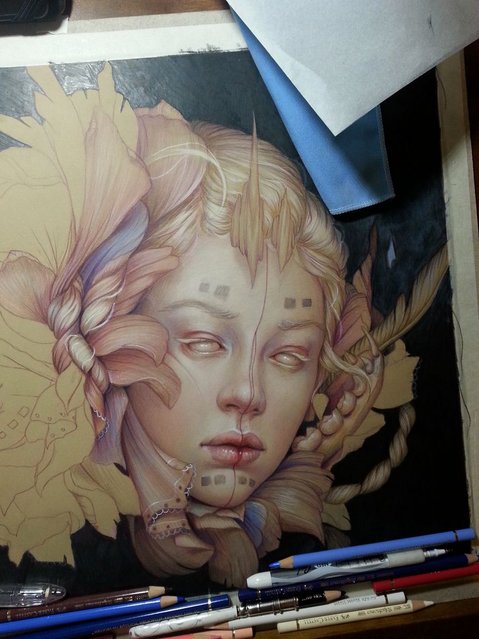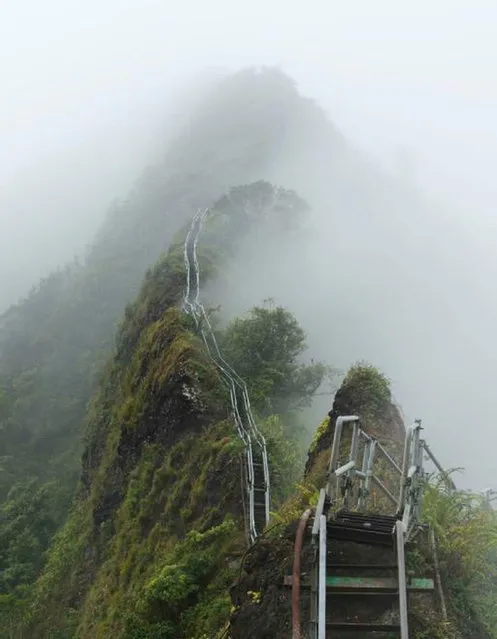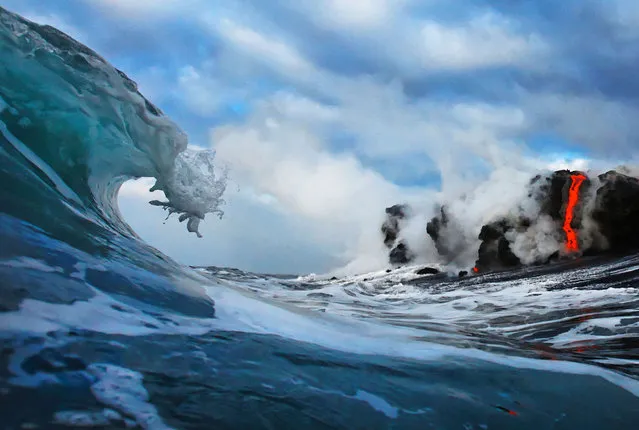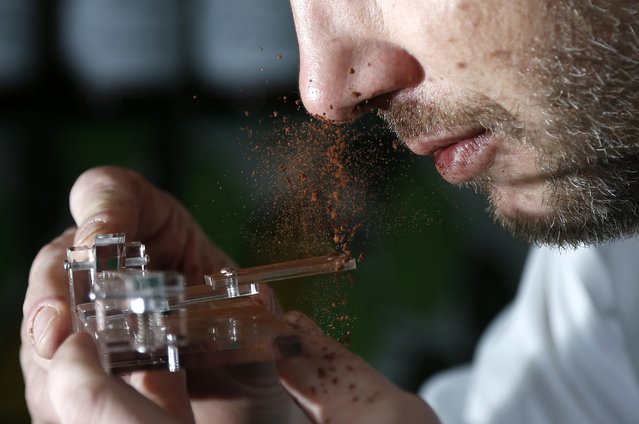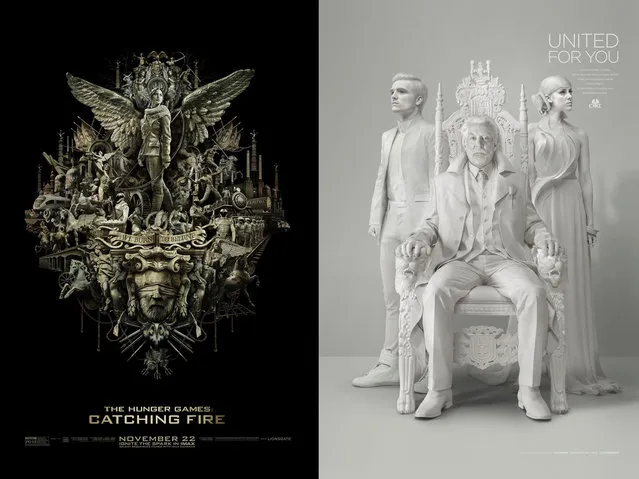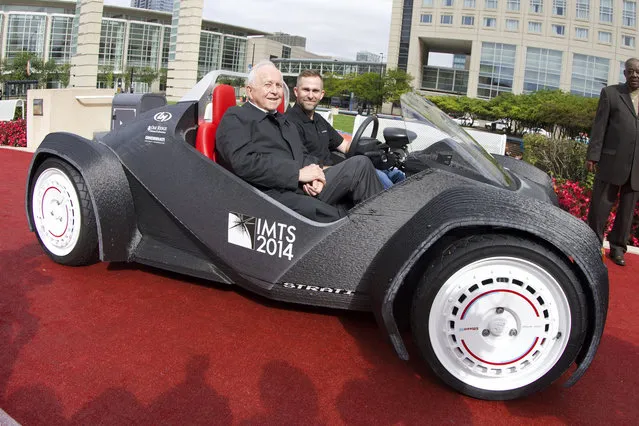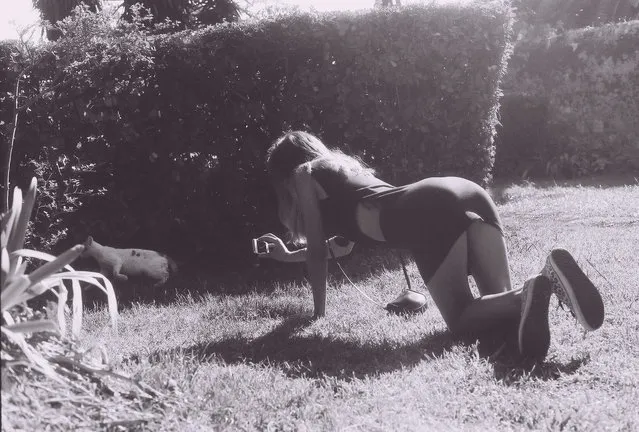
Untitled. (Photo by Artem Nadyozhin)
P.S. Need more? Please use tag Simply Some Photos!
P.S.S. All pictures are presented in high resolution. To see Hi-Res images – just TWICE click on any picture. In other words, click small picture – opens the BIG picture. Click BIG picture – opens VERY BIG picture (if available; this principle works anywhere on the site AvaxNews).
P.S. Need more? Please use tag Simply Some Photos!
P.S.S. All pictures are presented in high resolution. To see Hi-Res images – just TWICE click on any picture. In other words, click small picture – opens the BIG picture. Click BIG picture – opens VERY BIG picture (if available; this principle works anywhere on the site AvaxNews).
17 Nov 2013 15:03:00,post received
0 comments

